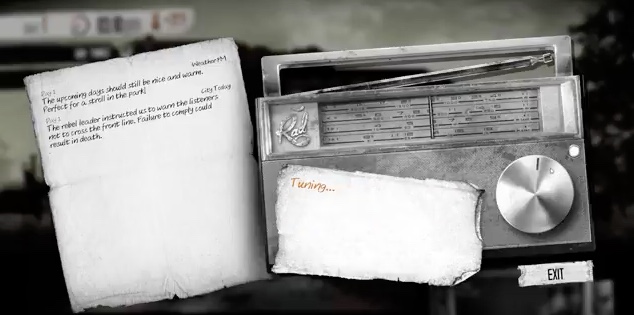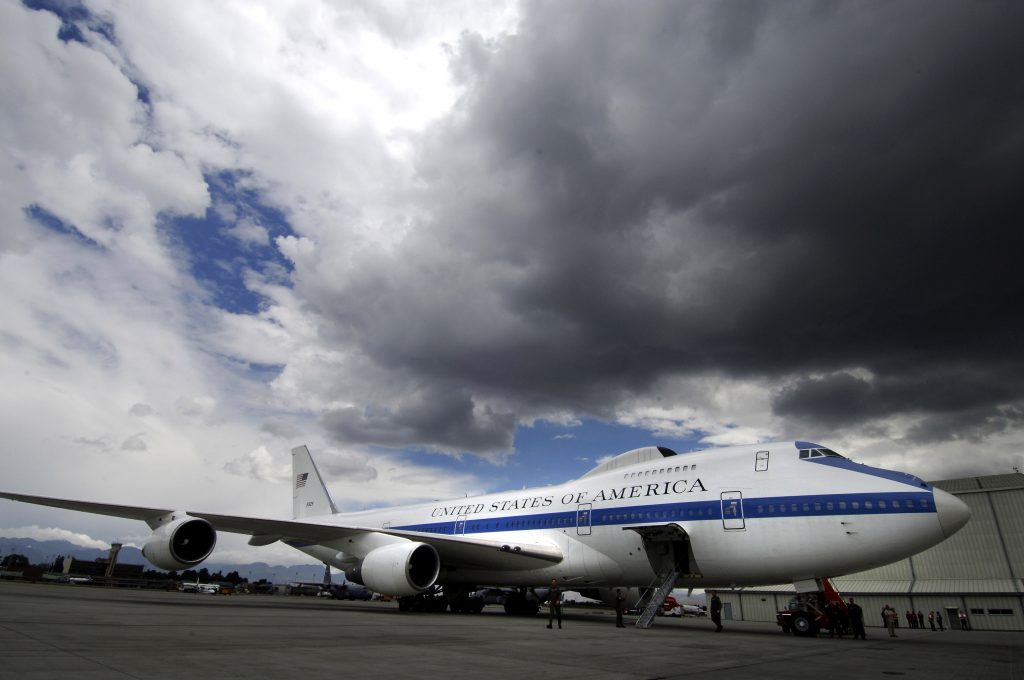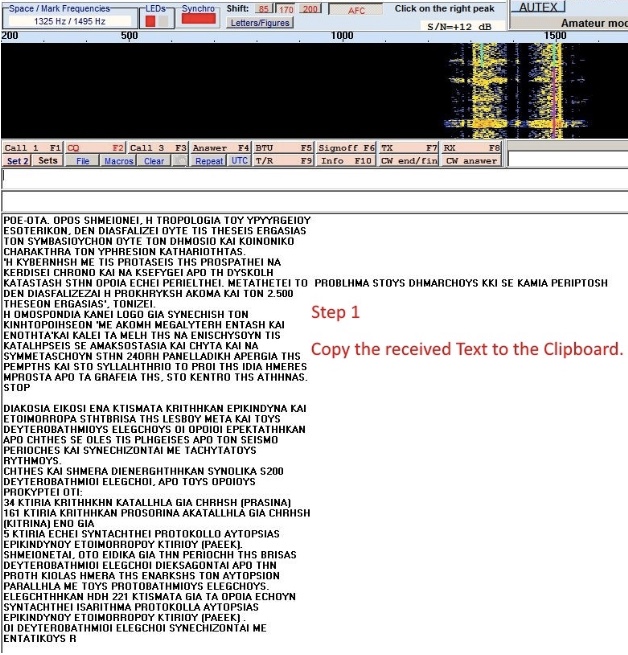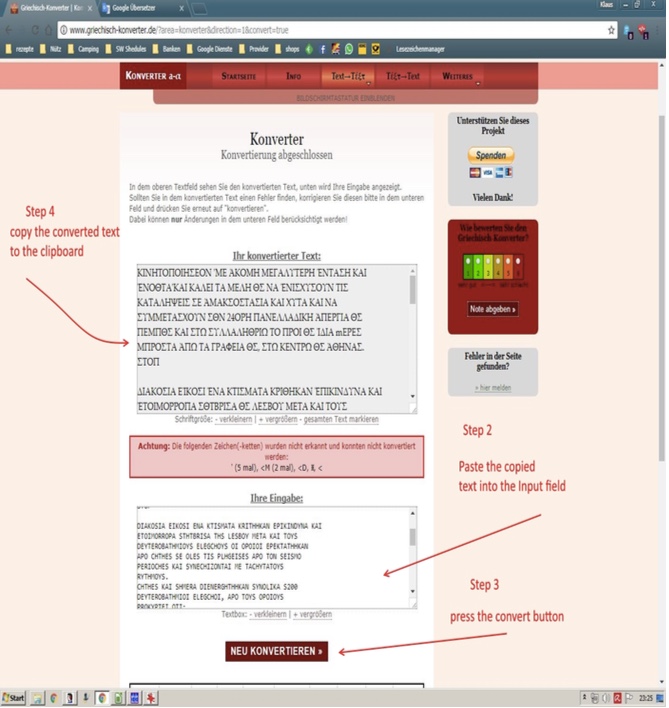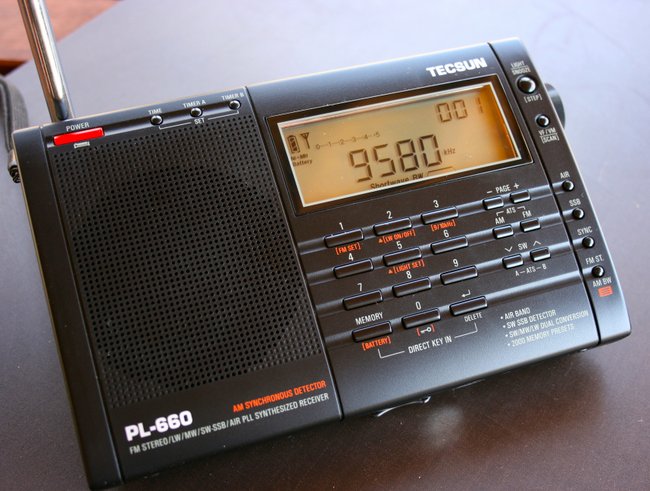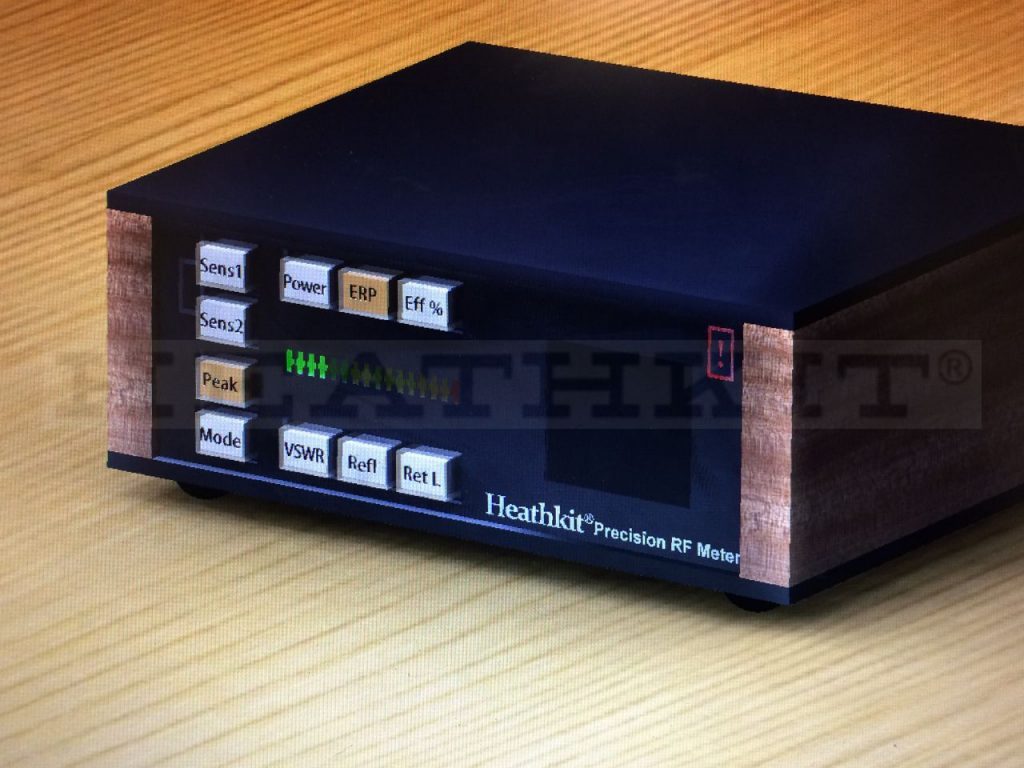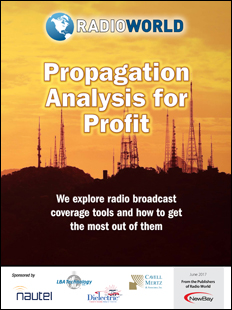 (Source: RadioWorld via Sheldon Harvey at the International Radio Report)
(Source: RadioWorld via Sheldon Harvey at the International Radio Report)
Latest Radio World eBook explores radio broadcast coverage tools and how to get the most out of them
Broadcasters have endless “what if” questions about their radio station’s signal. How would my coverage be affected if I … moved my FM antenna? Changed height? Increased transmitter power? Added a fill-in translator?
This ebook reveals that new software tools and data sets have changed the game when it comes to answering such questions. The book is targeted to FM, AM and shortwave broadcasters both in the U.S. and abroad. We talk to consulting engineers and other experts about the state of propagation analysis.
What tools are available? How do they work? What does a user need to know about contours, population data, mapping and terms like Longley-Rice? What resources are available online? When is it time to use a professional consultant?
This is the 33rd in Radio World’s hugely successful free eBook library. Read it here!

